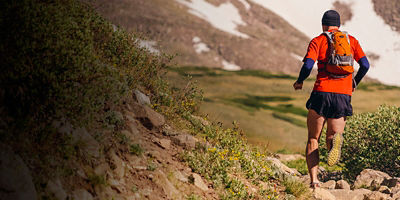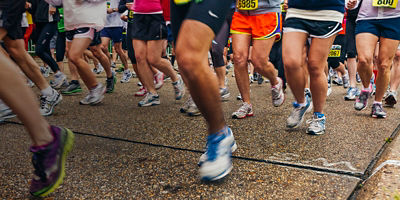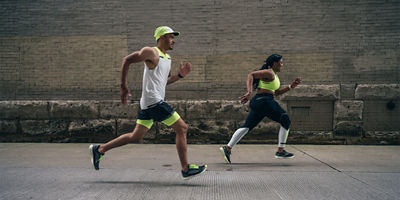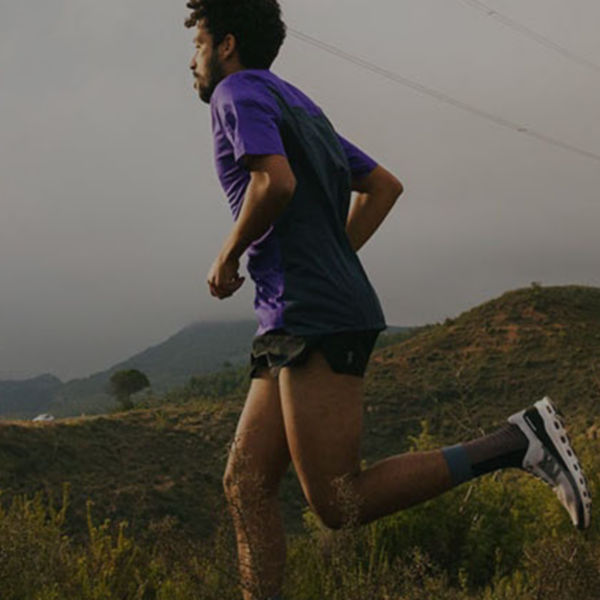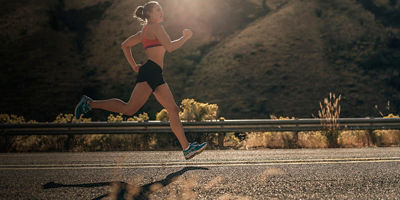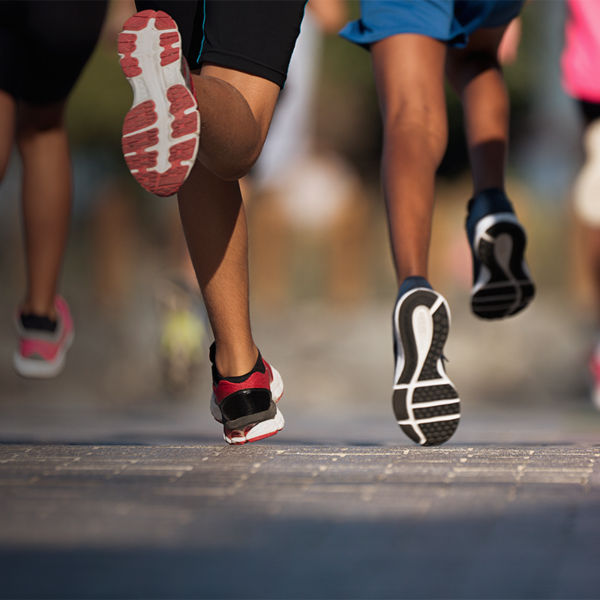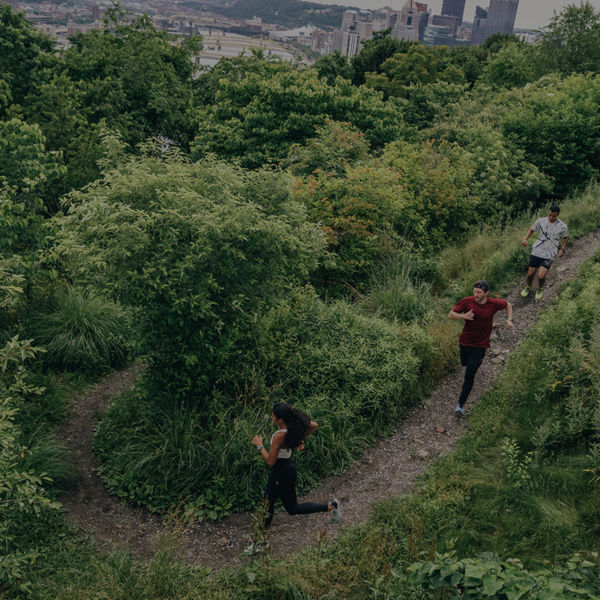
Even seasoned runners skip warm-ups. They certainly know that they shouldn’t, and nobody else should either. Here’s why: Taking a few minutes to warm up muscles, joints, and the respiratory system can greatly help improve how the run feels on your body, and therefore, how enjoyable it is overall. A proper warm-up mobilizes joints and wakes up muscle groups so they fire properly during your run, which helps you feel better and perform at your best. It also minimizes the risk of injury. Plus, allowing your respiratory system to warm up gradually can make breathing throughout your run more fluid and less labored.
A systemic review and meta-analysis published in the Journal of Strength and Conditioning (2010) pulled evidence from 32 studies and concluded that warm-ups were shown to improve performance a whopping 79% of the time.
Movements done in a running warm-up should be dynamic instead of static. Static stretches, where you hold a particular stretch for 10 seconds or longer, can decrease running efficiency and performance; they should be avoided in a warm-up. Dynamic movements gradually increase range of motion, engage muscles, and increase blood flow. (Note: Never push the range of motion in a warm-up.)
Since there isn’t one ideal warm-up for every human before every run, here are a few options.
Walking Warm-Up
Why do it: You’re pressed for time; you’re headed out on an easy jog; you want a simple, minimal warm-up.
At the absolute least, start off any run by walking 2 to 3 minutes before rolling into your running stride. Especially if you’ve been sitting or even standing at a desk all day, or just arose from sleep, walking helps ease your body into the motion of running.
While walking, work out any kinks you feel.
- Tight low back? Rotate your torso by twisting your upper body back and forth a few times.
- Tight upper back? Clasp your fingers together and stretch your arms overhead, facing your palms to the sky. Add to that by reaching right and left a couple times each.
- Tight hips? Draw one knee at a time toward your chest, alternating legs while you walk.
- Tight quads? Draw one foot at a time to your butt, pointing your knee down to the ground, alternating legs while you walk.
- Tight hamstrings? Extend a leg slightly in front of you, straighten that leg (keeping your knee soft) while bending your back leg, and lean forward over your front leg, alternating while you walk.
*Do not hold any of the above stretches for more than 2 seconds at a time, and keep walking.




